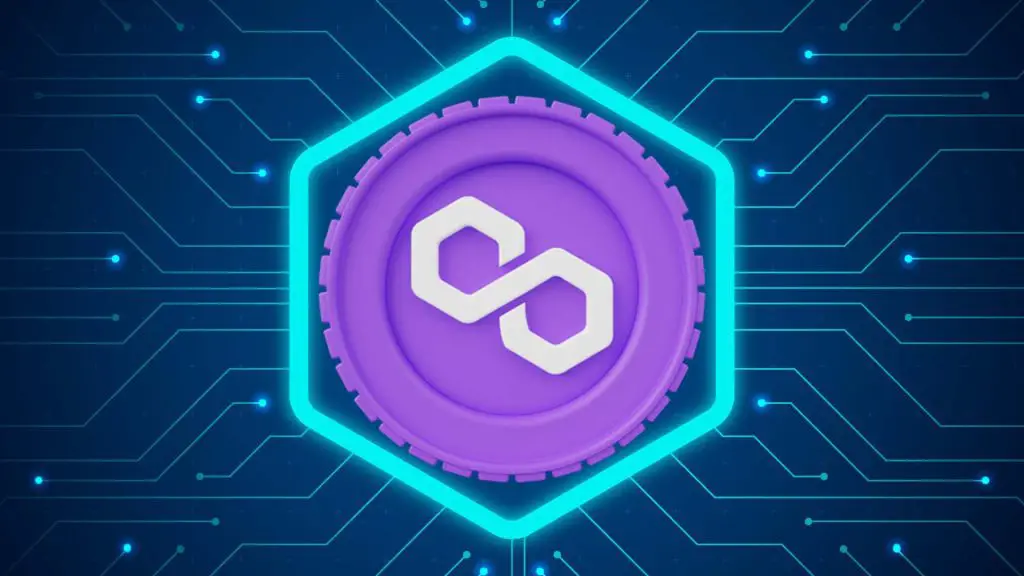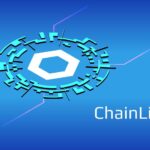Matic, now known as Polygon, is a cryptocurrency and technology platform that has gained significant attention in the blockchain world. In this article, we’ll explore what Matic (Polygon) is and its various uses in the cryptocurrency ecosystem.
Introduction to Matic (Polygon)
Originally launched as Matic Network, Polygon (MATIC) is a Layer 2 scaling solution for Ethereum. It aims to improve the scalability and usability of the Ethereum blockchain while retaining its security and interoperability. The rebranding to Polygon signifies its evolution into a broader framework for building interconnected blockchain networks.
Core Features of Matic (Polygon)
Scalability: Matic leverages a modified version of the Plasma framework, enabling faster and cheaper transactions on sidechains while ensuring asset security using the Ethereum main chain.
High Throughput: The network can process up to 65,000 transactions per second on a single side chain, with the potential for multiple chains to increase capacity.
User Experience: Matic aims to provide a smooth user experience with quick and inexpensive transactions, which is often a challenge on the main Ethereum network.
Use Cases of Matic (Polygon)
Decentralized Finance (DeFi): Matic has become a popular choice for DeFi projects due to its scalability and Ethereum compatibility. It enables users to perform faster and cheaper transactions, which is crucial in trading, lending, and other DeFi applications.
Gaming and NFTs: The platform supports decentralized games and NFT (Non-Fungible Token) marketplaces. Its scalability solutions are ideal for games requiring high transaction throughput and a user-friendly experience.
DApp Development: Developers use Matic to create performant decentralized applications (DApps). Its compatibility with Ethereum allows developers to deploy Ethereum-compatible DApps with minimal changes.
Interoperability: As a Layer 2 solution, Matic helps in facilitating interoperability between the Ethereum blockchain and other blockchains, enhancing the overall network connectivity.
Staking and Governance: MATIC token holders can participate in network governance by voting on Polygon Improvement Proposals (PIPs). They can also engage in staking, contributing to the network’s security and earning rewards.
Future Prospects
Polygon’s vision extends beyond just scaling Ethereum. It aims to create a multi-chain ecosystem of blockchains that can interoperate with each other and with Ethereum, positioning itself as an ‘Internet of Blockchains’. This could revolutionize how different blockchains interact and share information.
Matic (Polygon) is a versatile and powerful platform in the blockchain space. Its focus on scalability, user experience, and Ethereum compatibility makes it a critical player in the ongoing development of the blockchain ecosystem. Whether for DeFi, gaming, or general DApp development, Matic offers a compelling solution for developers and users alike, striving to advance the broader vision of a connected and scalable blockchain landscape.
Challenges and Considerations
Despite its numerous advantages, Polygon (MATIC) faces challenges and considerations that are common in the blockchain space. The network must continually evolve to address issues such as network congestion, security vulnerabilities, and the complexities of blockchain interoperability. As the DeFi and NFT spaces grow, Polygon will need to adapt to the changing demands and potential regulatory scrutiny in the cryptocurrency sector.
Community and Ecosystem
Polygon’s success is also attributed to its vibrant community and ecosystem. The platform has garnered significant support from developers, users, and investors. This community plays a crucial role in the network’s governance, development, and adoption. The growing number of partnerships with various blockchain projects and mainstream companies highlights its expanding influence.
Environmental Impact
The environmental impact of blockchain technology is a growing concern. Polygon’s proof-of-stake (PoS) consensus mechanism is more energy-efficient compared to the proof-of-work (PoW) mechanism used by networks like Bitcoin. This aspect makes Polygon more environmentally friendly and aligns with the increasing focus on sustainability in the tech industry.
Investment Perspective
From an investment perspective, the MATIC token has attracted interest from both retail and institutional investors. Its role in governance and staking, along with its utility in transaction processing and network fees, adds to its value proposition. However, like all cryptocurrencies, MATIC is subject to market volatility, and potential investors should conduct thorough research and consider their risk tolerance.
Educational and Development Support
Polygon actively supports education and development in the blockchain space. Through grants, hackathons, and collaborations with educational institutions, Polygon fosters innovation and nurtures new talent in the blockchain industry. This not only enhances the Polygon ecosystem but also contributes to the overall growth of the blockchain sector.
Polygon (Matic) represents a significant step forward in resolving some of the key issues facing the Ethereum blockchain, particularly around scalability and user experience. Its multifaceted approach, encompassing DeFi, gaming, interoperability, and beyond, positions it as a pivotal platform in the evolving landscape of blockchain technology. As the crypto world continues to mature and integrate with traditional systems, Polygon’s role as a connector and enhancer of blockchain networks becomes increasingly vital. With its innovative solutions and strong community backing, Polygon is well-placed to play a leading role in the future of decentralized technology.







